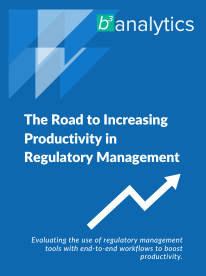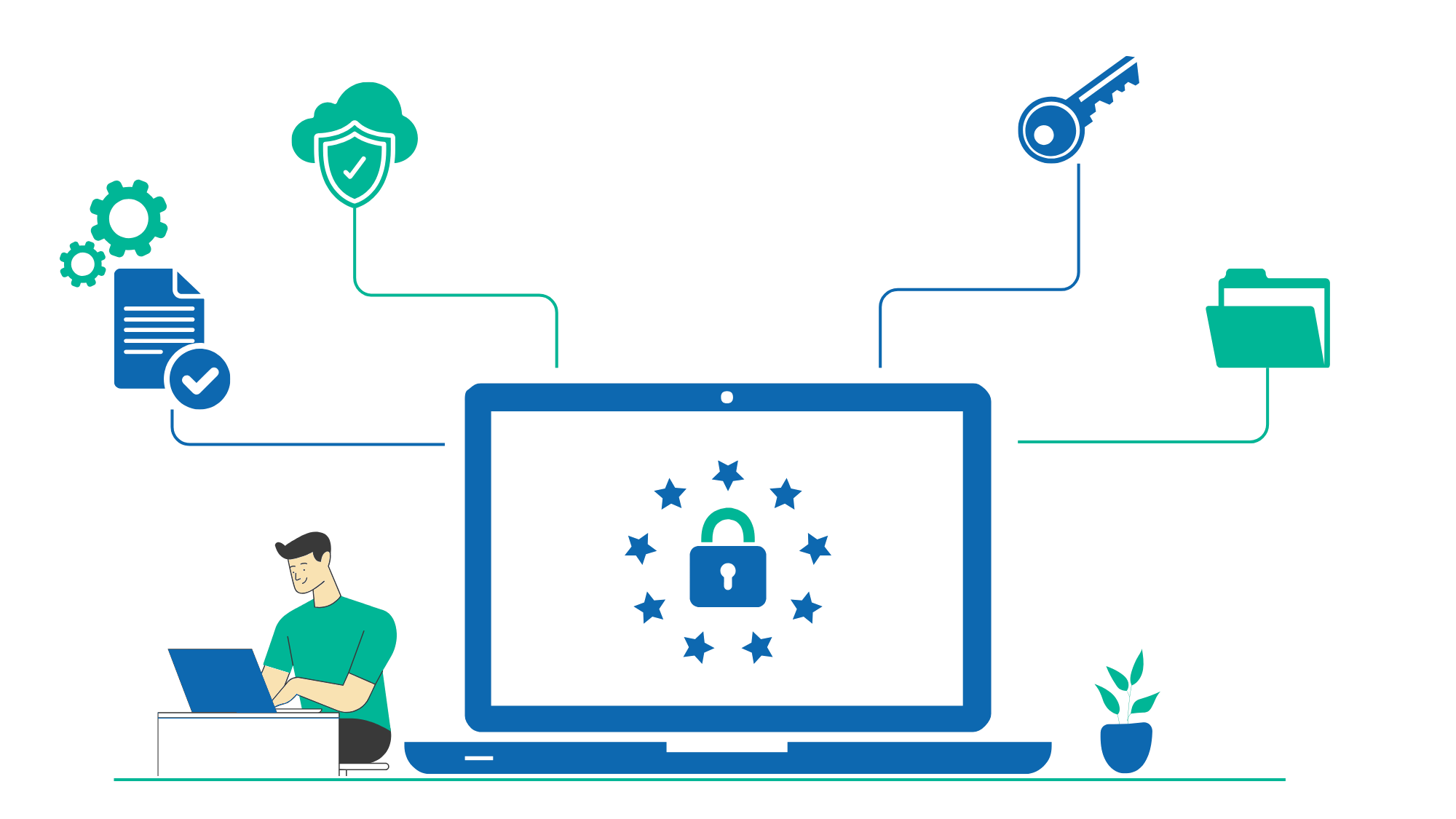
The world we were aware of has been transformed exceptionally, multiple nations have considered iconic measures to face invisible enemies, closed borders, and asked citizens to stay at home.
Yes, the actual truth is we are living with the COVID-19 crisis that forced us to change our traditional ways of working and choose to work remotely. Some organizations have been experimenting with remote working for years alongside determining novel sets of auditing techniques with optimized technologies. Still, some of them initiated remote audits as an unprecedented approach.
Remote Audit: Advantages and Disadvantages
Accredited with ISO 19011:2018 Annex A1, remote auditing (e-audit) is one of the audit methods. E-audit has the potential to deliver feasibility in accomplishing audit objectives.
To realize the essence of this audit, all involved parties must understand their roles, inputs, expected outputs, risks, and opportunities of the process, supporting the fundamental elements to perform and accomplish the audit and audit program objectives profitably.
Following are the advantages of remote audit;
- It enables auditors to:
- Accept and share documentation, data, and information.
- Inspect documentation and methodologies.
- Levy fees for interviews and reviews with auditees without commuting to the actual site.
- As long as the reduction in commuting is prioritized, auditors can invest more quality time auditing in adding value, for example;
- To review documentation to explore which audit segment needs more attention.
- To spend adequate time drafting audit reports up to high standard exhibiting audit outcomes, key findings, possibilities for enhancement, etc.
- Auditing scope/intentions, available technology, audit evidence compilation, and the auditor’s expertise are essential requirements for remote audits. The correct employment of technology saves time and money. Data can be accessed from anywhere. Auditees can also actively engage in the process with suitable time allocation and no further disturbance in their own work.
- "Audit burnout" is a very general term in the accreditation domain subjected to auditors if they conduct multiple one-day audits over the weeks, traveling to several locations and writing different reports in the expected duration. To aid in this condition, the remote audits can split the entire process and offer opportunities with distinct approaches and perspectives, enriching the essence of auditors, auditees, and the audit process.
The remote audit also has some limitations, they are;
- As discussed earlier, despite available technology and audit objectives, remote audit entirely depends on circumstances to align the fitness of things. For example, e-audit is not suitable when conducting audits at floor factories, warehouses of a manufacturing company, and an audit of the welding process of a steel producer.
- Time consumed to reconnect and resolve network problems. Other disruptions during e-audit are unreliable network connection, interviews, or meetings interruptions. Make sure that tangible and intended shreds of evidence are available to review.
- Loss of direct interaction with auditees is one primary concern in remote audits. It breaks the potentiality to read their body language required to explore issues and additional audit tracks during the onsite audit.
How to Conduct Remote Audit
A remote audit can be adopted at any phase of the certification process, here are three simple steps involved in remote audit;
- Planning
- Conducting e-audit
- Audit Reporting
You need to determine the best audit strategy for you. To ensure that audit is effective, discuss the proposed plan with peers and consider scheme-specific requirements and your IT infrastructure.
Once the approach and strategies are confirmed, you need to schedule a date to begin your company's comprehensive audit planning process. This includes validating the final audit plan and deciding what technology and audit methodologies to use.
A successful remote audit requires good network connectivity- both voice and video, to ensure smooth communication between you and the auditor. Once your link is set up, audit evidence will be acquired through interviews, document and record reviews (through screen sharing), and process and activity observation (via video sharing). To support the audit key findings and conclusions, all evidence will be assessed and reported - the only difference is that it will be done remotely.
Remote audit reports will include details about the remote auditing methodologies utilized and the audit's success in fulfilling the stated objectives, in addition to a conventional on-site audit report.
Future of Remote Audit: A Step Ahead?
Emerging as a fascinating trend, a remote audit is surrounded by severe controversies instead of knowing that augmenting this audit mode aims to provide positive outcomes.
Considering one aspect, an in-person audit boosts communication in terms of essential topics and challenges amid auditors and auditees; it strengthens the overall audit process and builds a healthy rapport among both parties. Putting together, a clearly defined audit planning and solid communication are the basis for an effective e-audit that makes the process as productive as possible.
Another aspect is about e-audit. Presently, not all industries are promoting remote audits. But, there is enormous scope for economical auditing practices when choosing e-audit.
According to the risk and challenging circumstances, companies can prefer whether they need on-site audit or e-audit. However, as per the guidelines of ISO 19011:2018, new specifications are introduced for conducting a remote audit that depicts we are approaching the virtual auditing process in the coming years.


